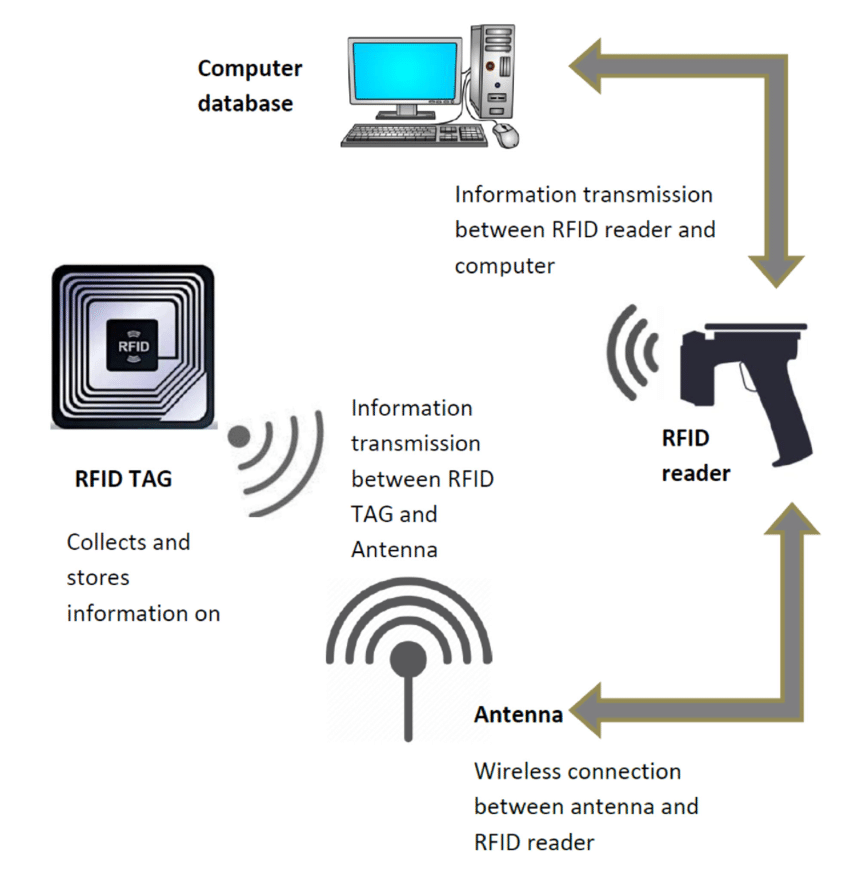RFID: The Future of Tracking and Identification

About Course
Radio Frequency Identification (RFID) is revolutionizing the way we track, identify, and manage everything from inventory to people. This course introduces students to the foundational principles of RFID technology, exploring how it works, its system components, and the various types of RFID tags available today. With growing adoption across industries—retail, healthcare, logistics, and security—RFID is becoming an essential part of smart, data-driven operations.
Through real-world examples and practical insights, students will uncover the benefits and challenges of RFID implementation, including security and privacy issues. Whether you’re a technology enthusiast, a supply chain professional, or a student interested in the Internet of Things (IoT), this course will help you understand the evolving role of RFID in modern infrastructure and how it is shaping the future of automation, analytics, and efficiency.
Course Content
Introduction to RFID
Introduction to RFID
00:00Components of an RFID system
00:00Types of RFID tags
00:00Advantages and disadvantages of RFID
00:00